We know you want the right part, the first time. No gimmicks, no lofty lingo, just the real deal. With honest, reputable advice, installation tips, and answers to technical questions that really matter. That’s why Dayco belts and front engine components are designed, tested and approved by techs, for techs. We understand the challenges you face and the unpredictable repair requests that may roll into your shop. Whether you’re looking for how-to articles and installation videos or would like training and ‘Dayco certification’ on a variety of topics, you’ll find the resources you need right here in Dayco’s Tech Hub. And if you don’t see the answer you’re looking for in one of our tech articles, tips or videos, feel free to email us directly at [email protected].
For Techs. By Techs.
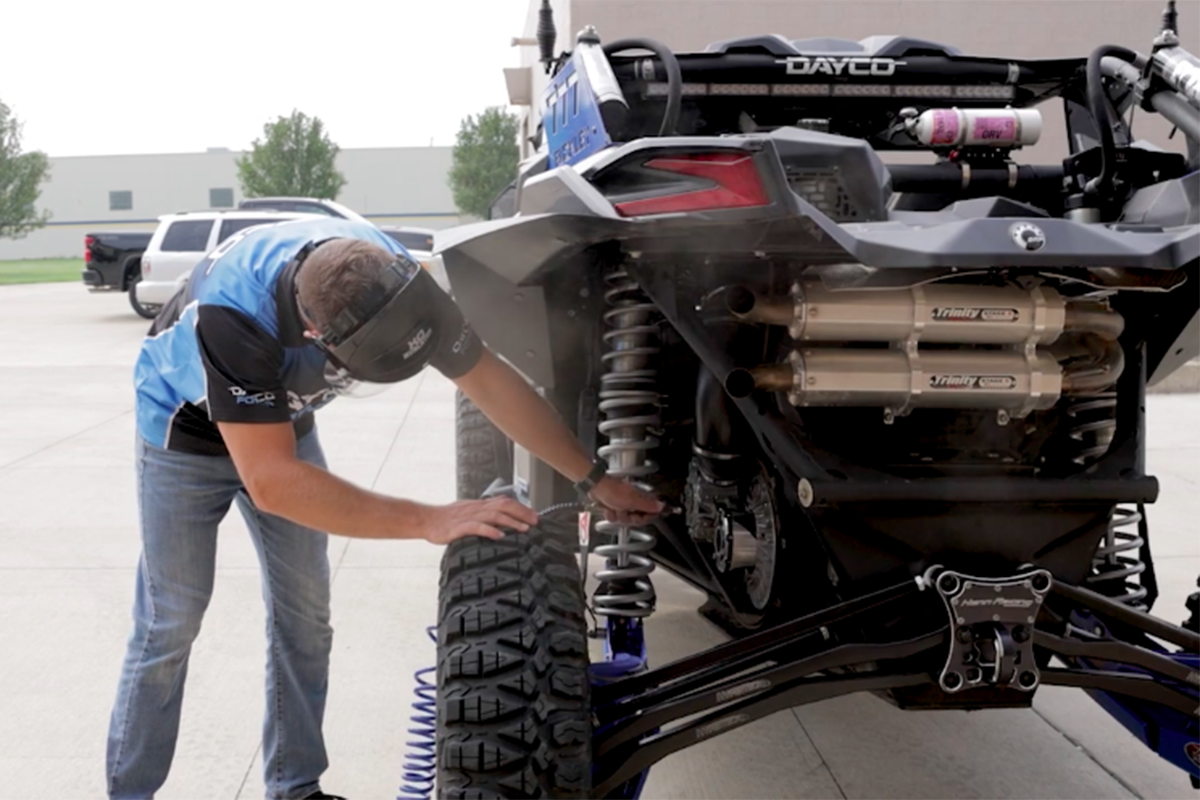
Powersports Belt & Clutch Maintenance Tips
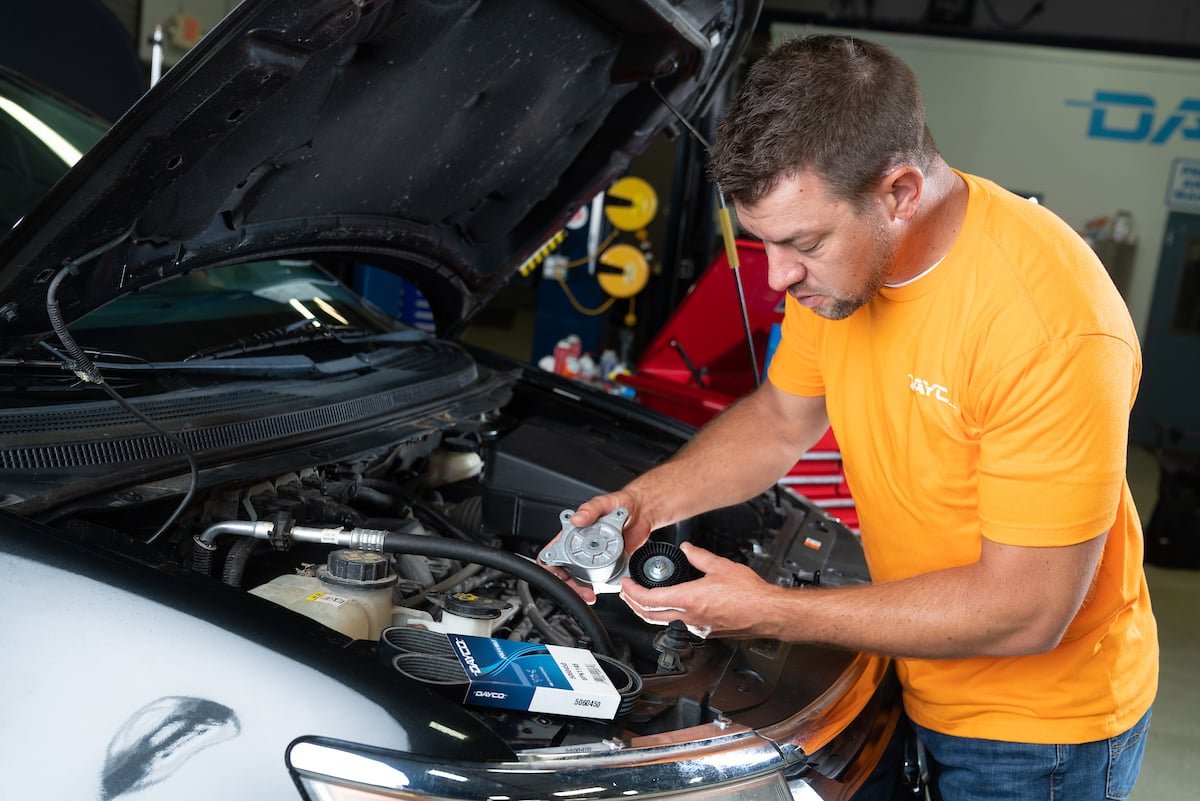
Replace serpentine belts, pulleys, tensioners toge...
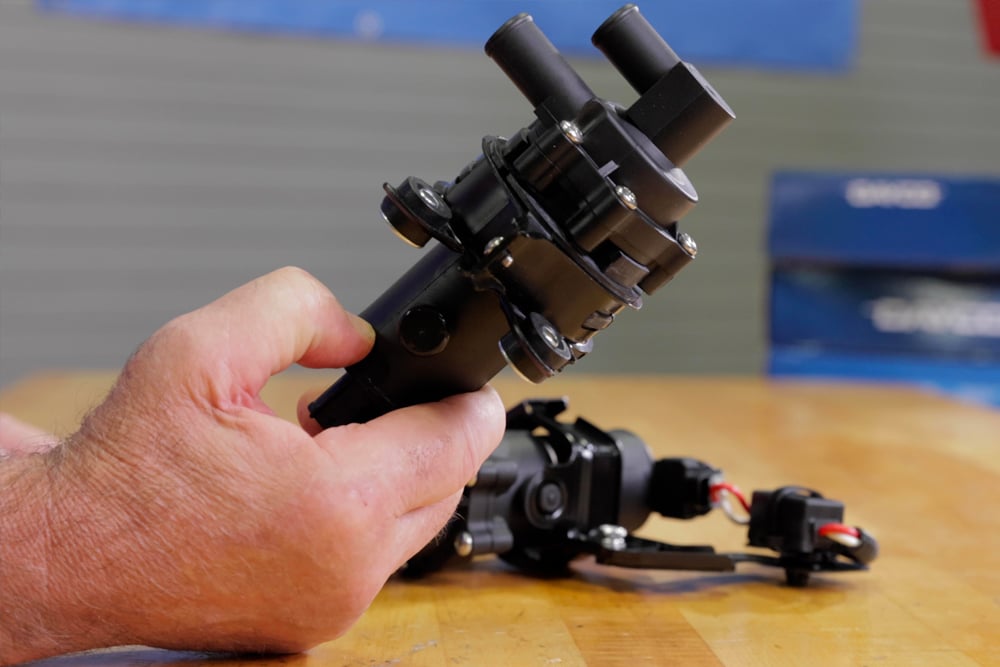
Addressing Common Installation Errors with Electri...
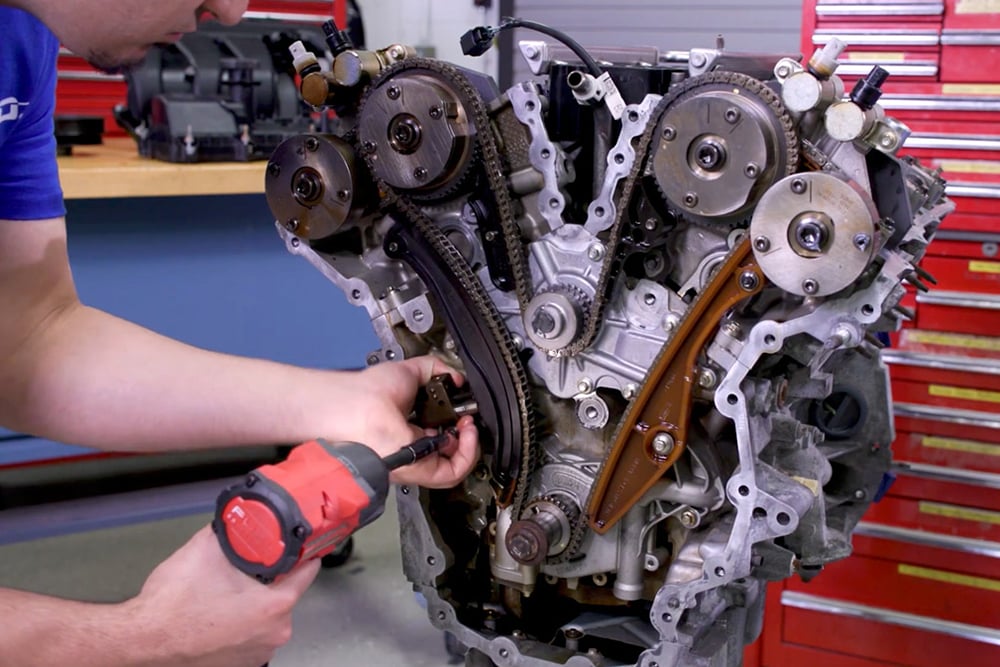
The Top Two Reasons Timing Chains Need Replacement
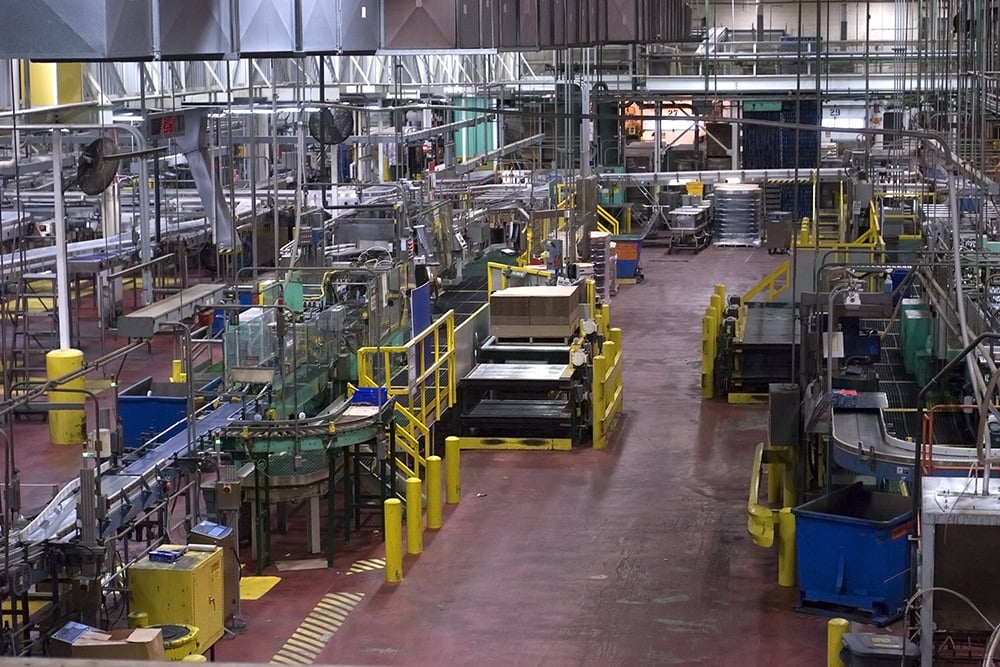
Industrial V-belt Cross Reference for 4L and 5L Be...
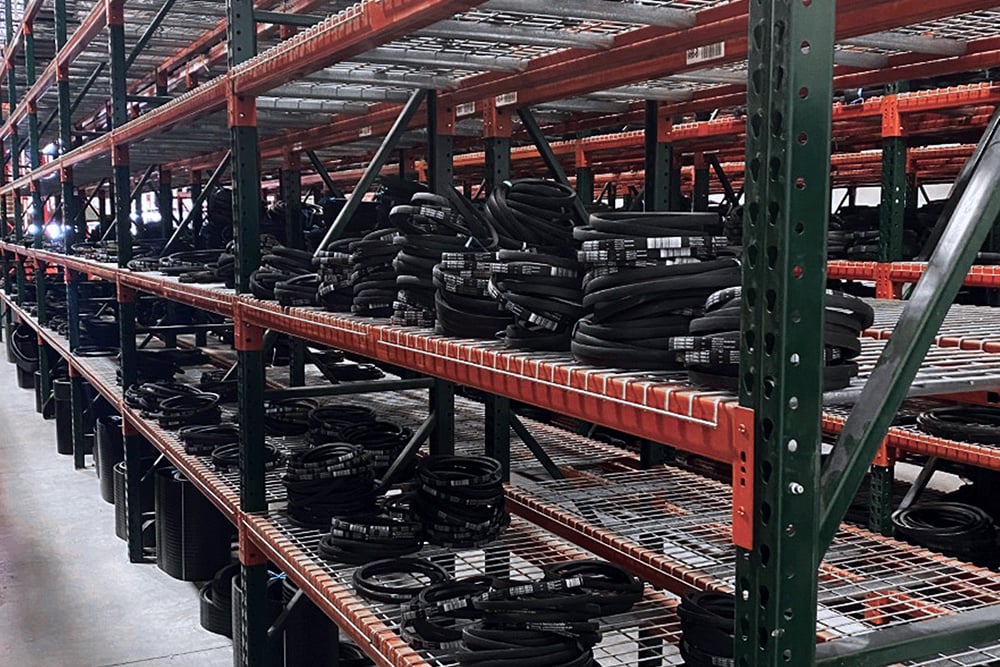
How to Properly Store Industrial V-belts

How to Extend the Life of HVAC Belts
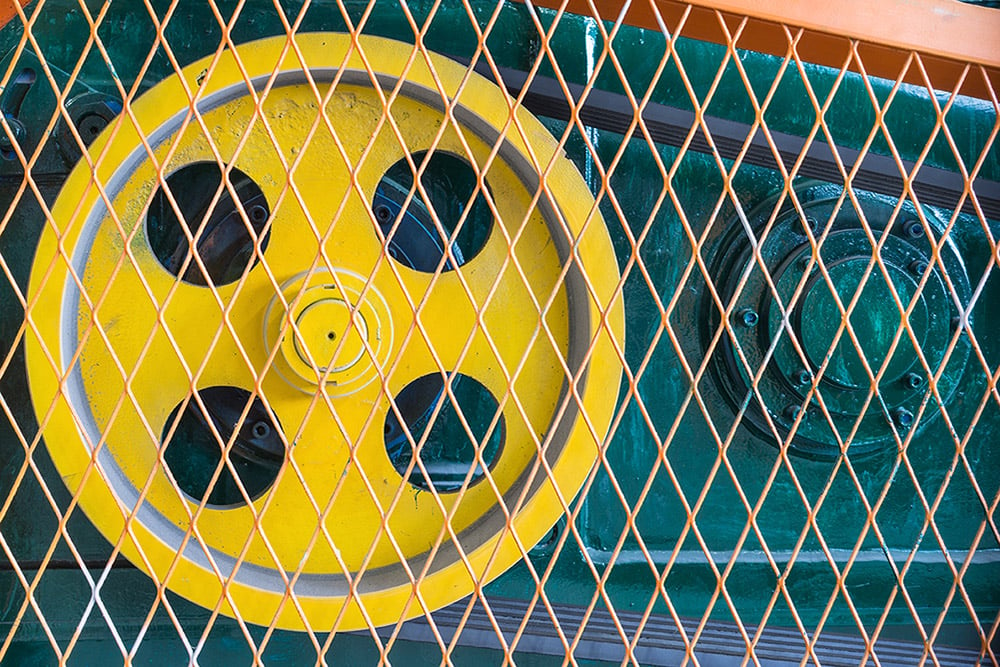
5 Reasons V-belts Don’t Last as Long as They Shoul...
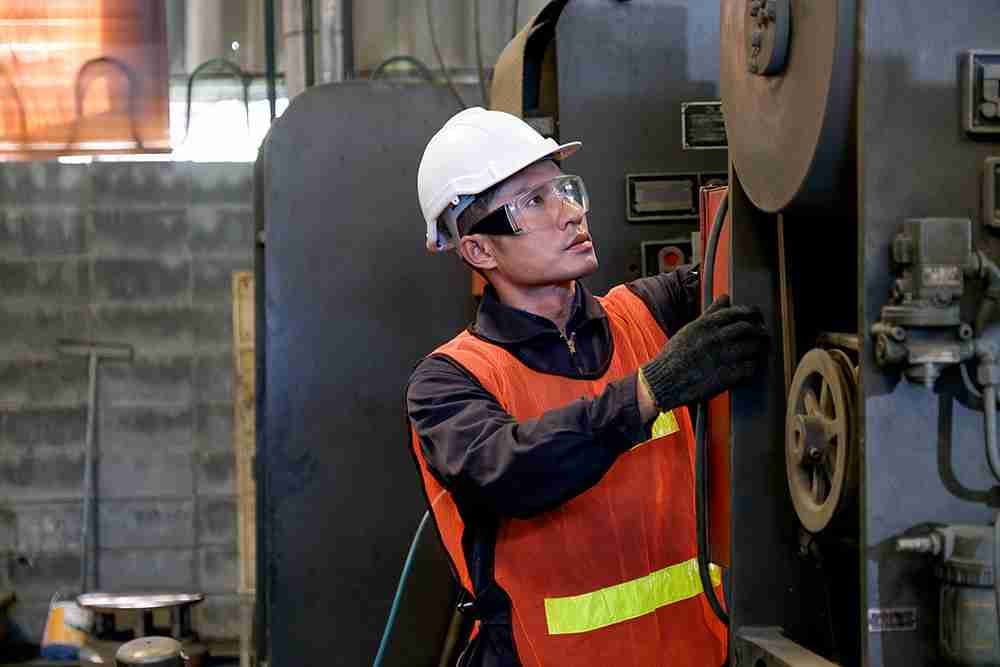
Step-by-Step Industrial Belt Drive Maintenance

Top 3 Timing Belt Tools and Tips
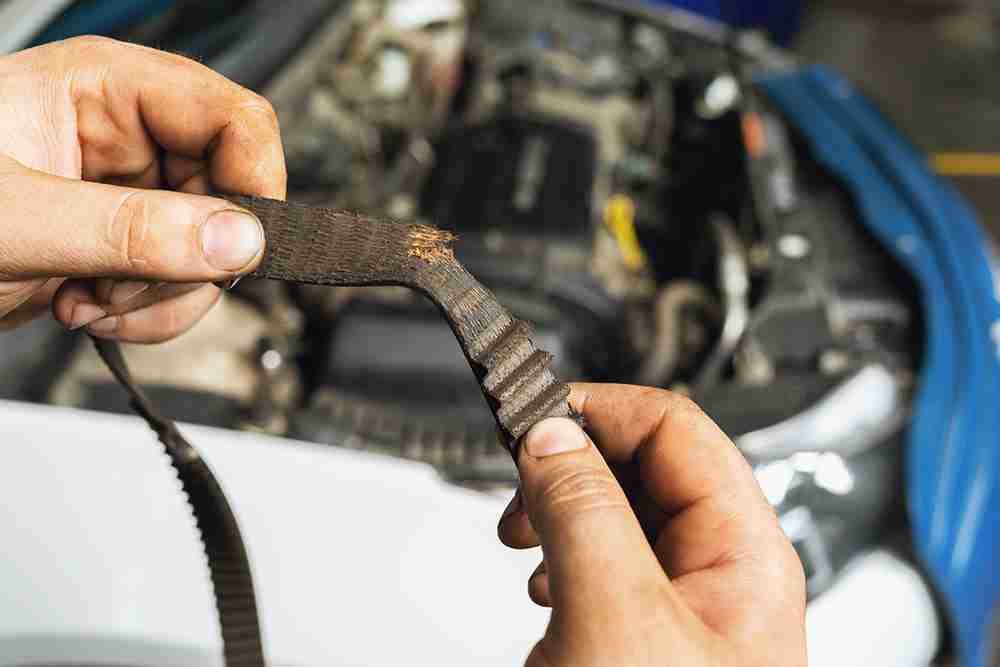
Timing Belts: 3 Signs of Failure
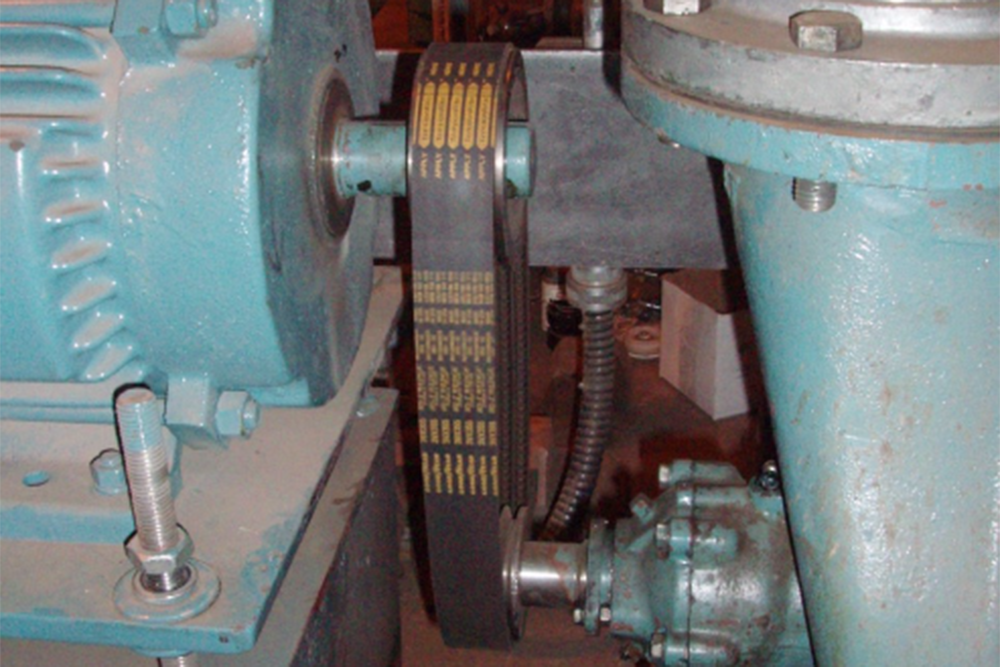
Increase Performance on Your Industrial Belt Drive
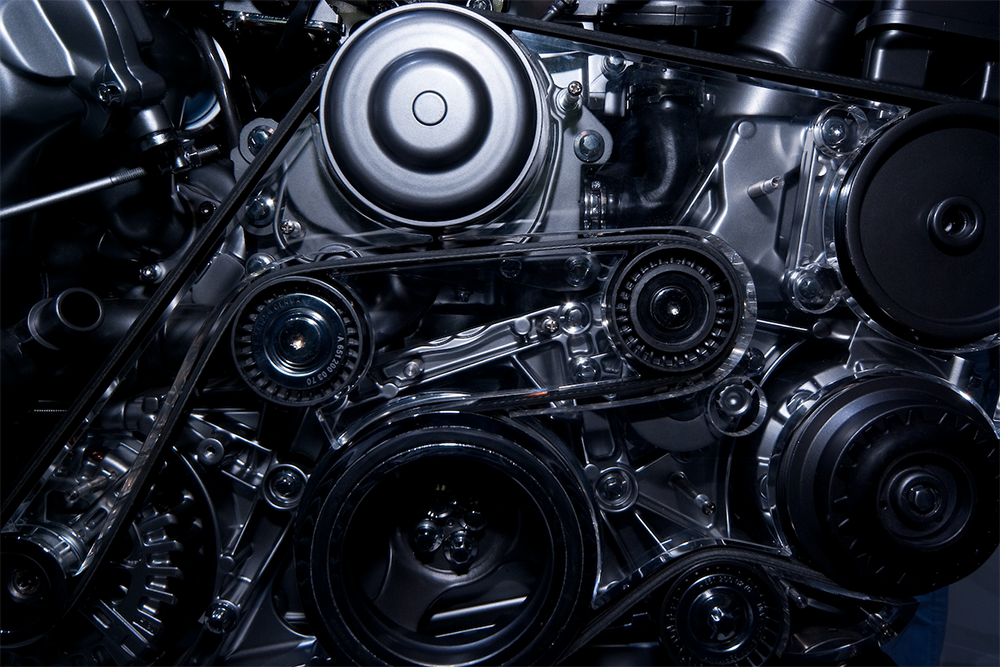
How to Install a Harmonic Balancer
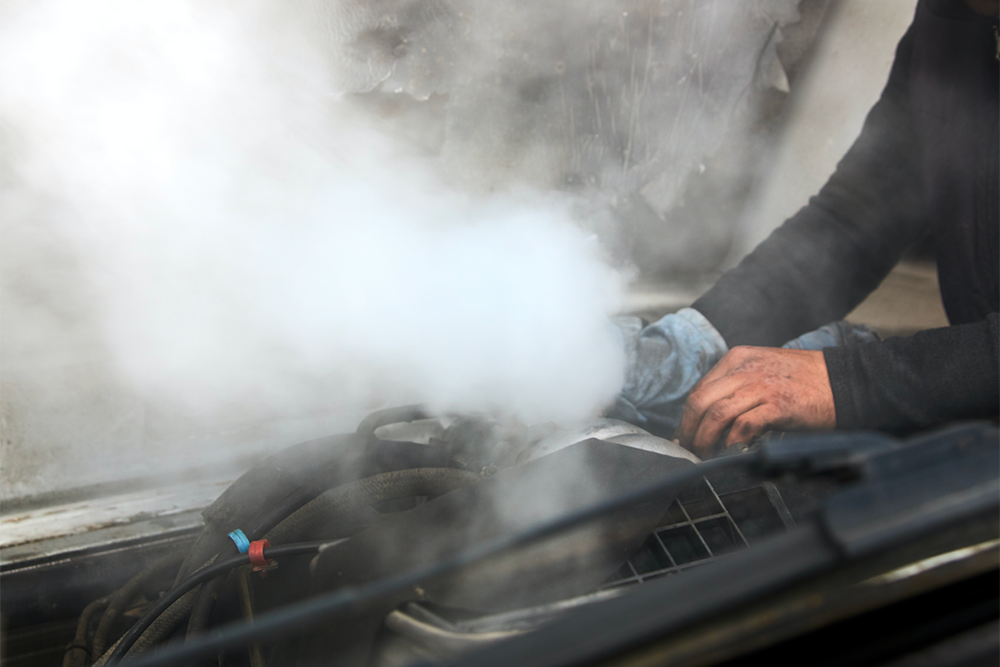
The Top 8 Reasons Why Radiator Hoses Leak
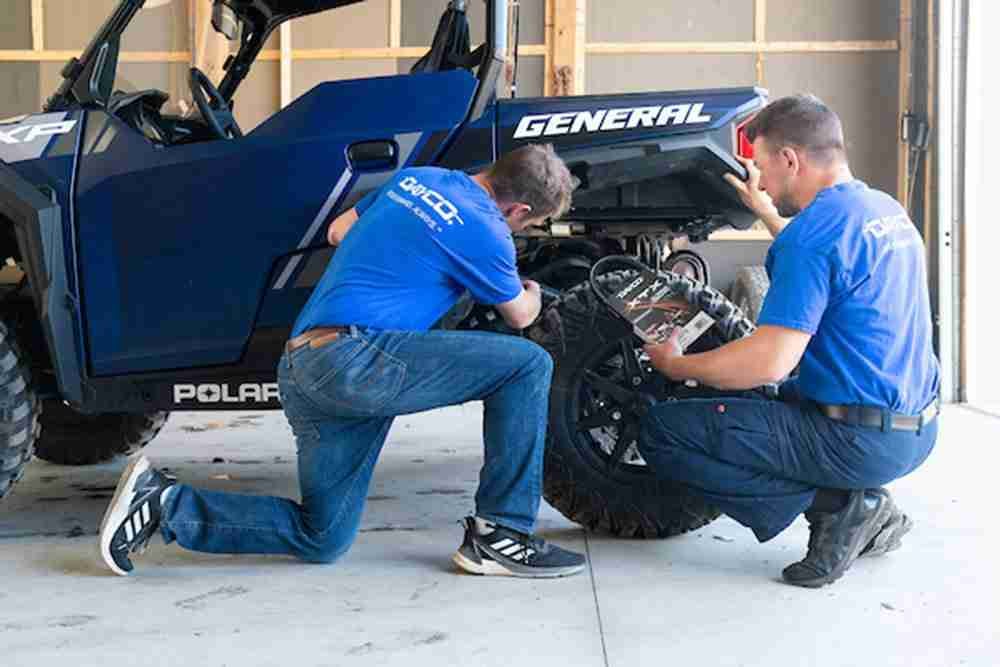
CVT Belt Installation and Break-In
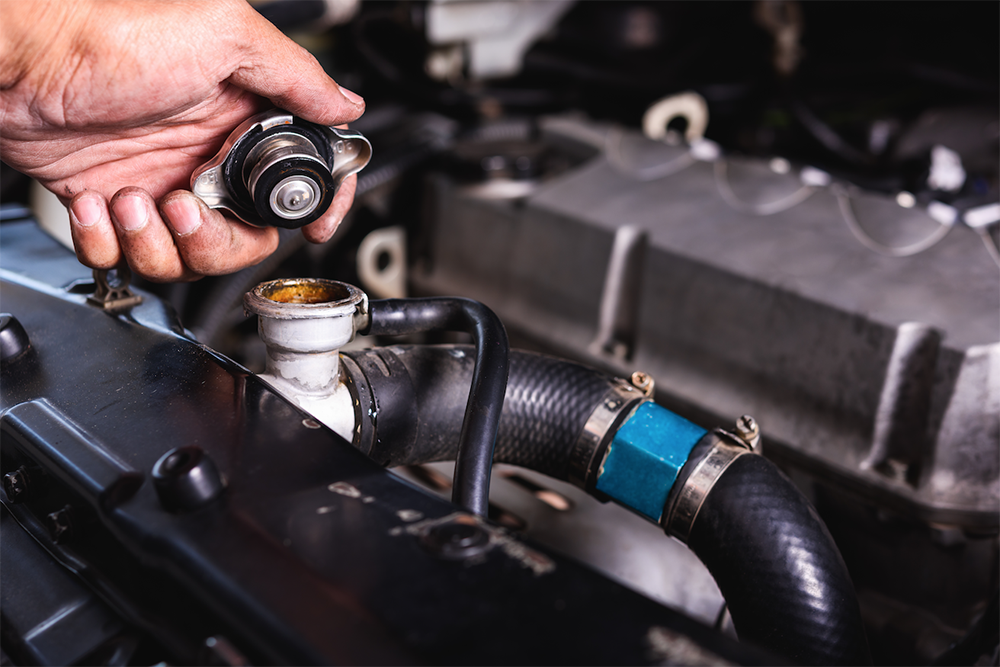
Proper Car Cooling System Maintenance
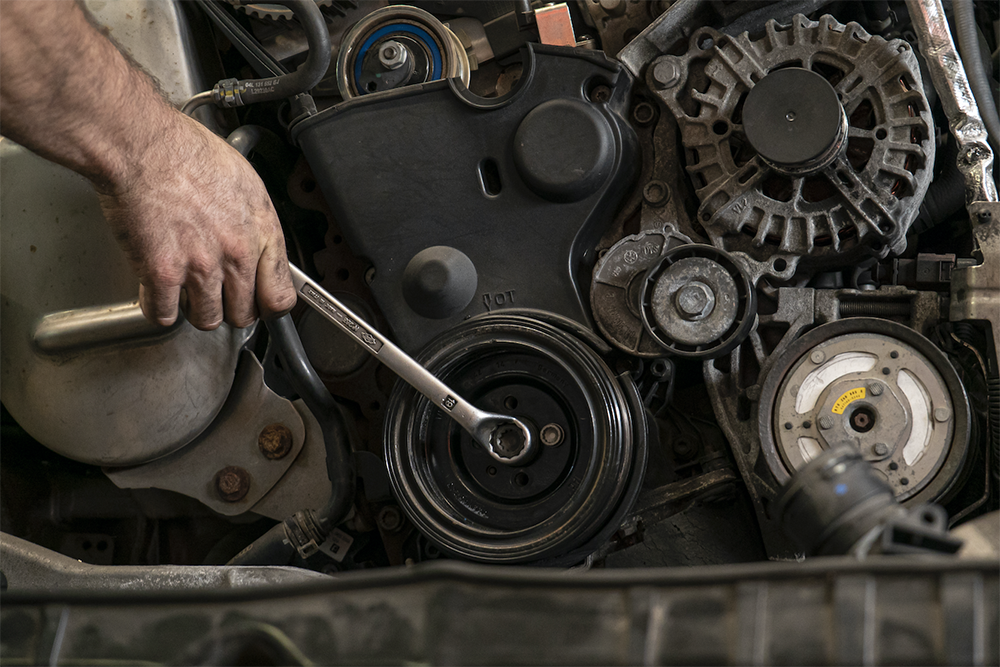
Three Reasons for Harmonic Balancer Replacement
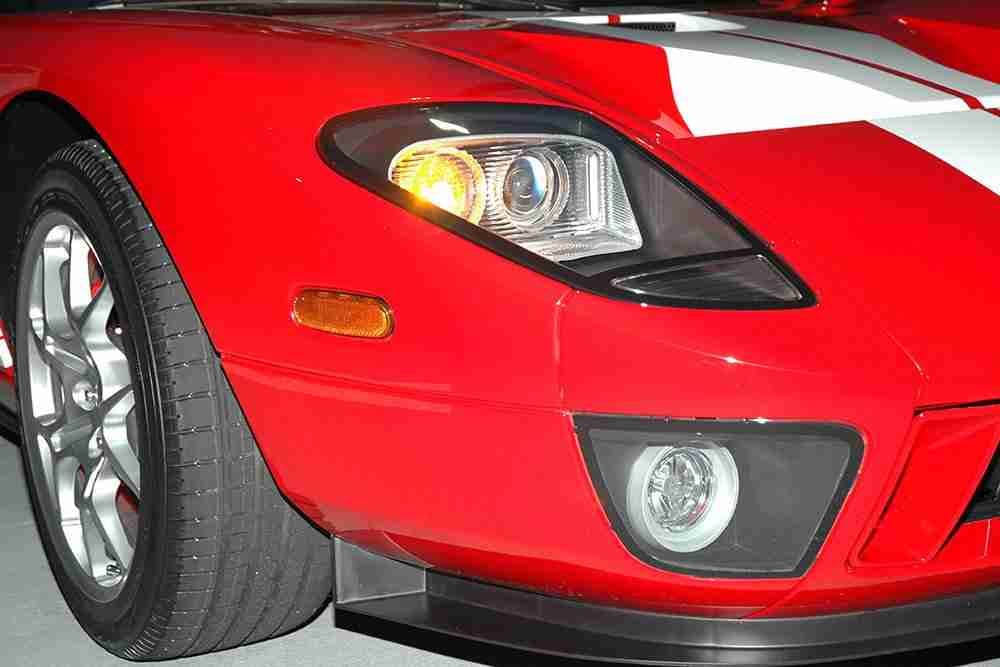
High Performance Balancers vs. Stock Balancers
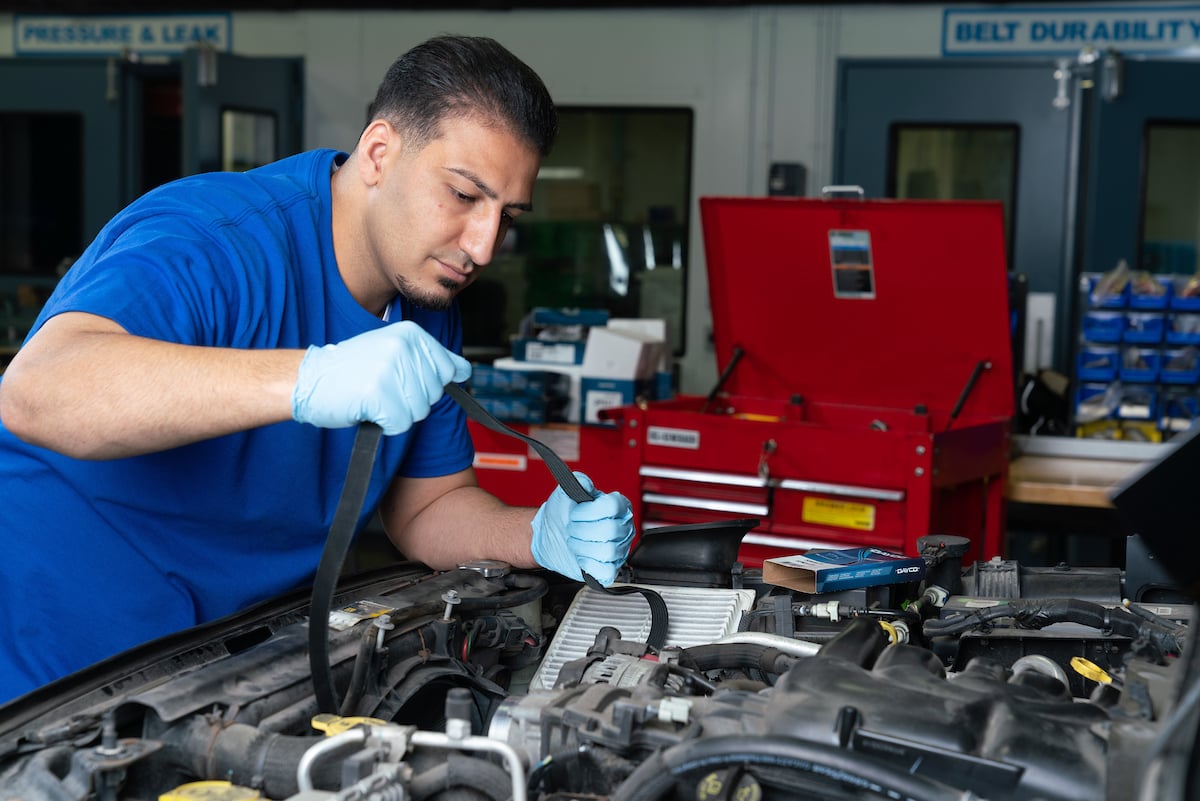
Belt Routing Diagrams
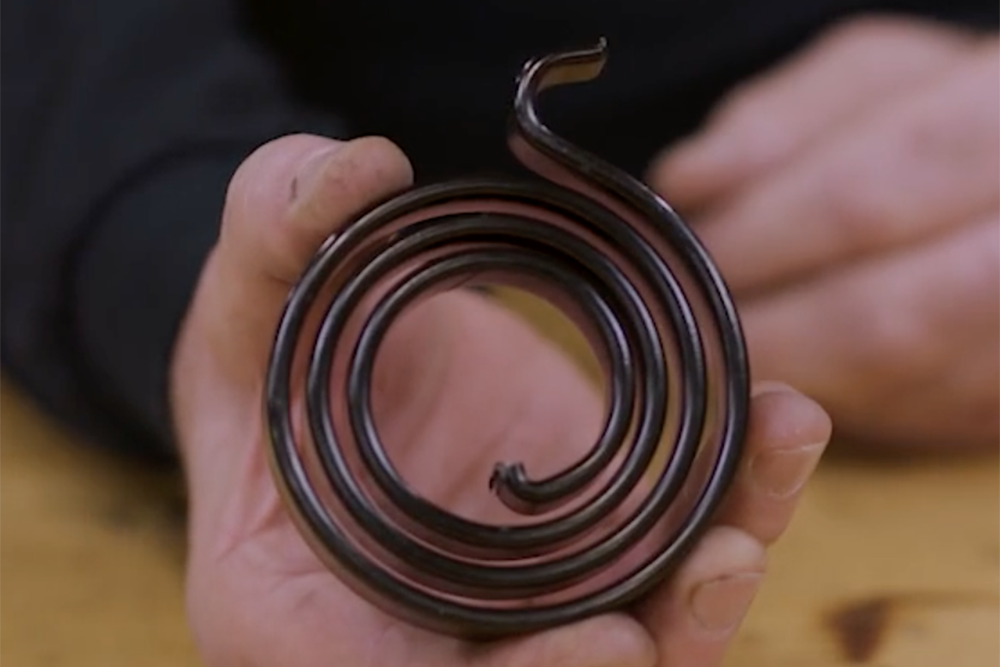
Belt Tensioners: Flat Spring Design Makes all the ...
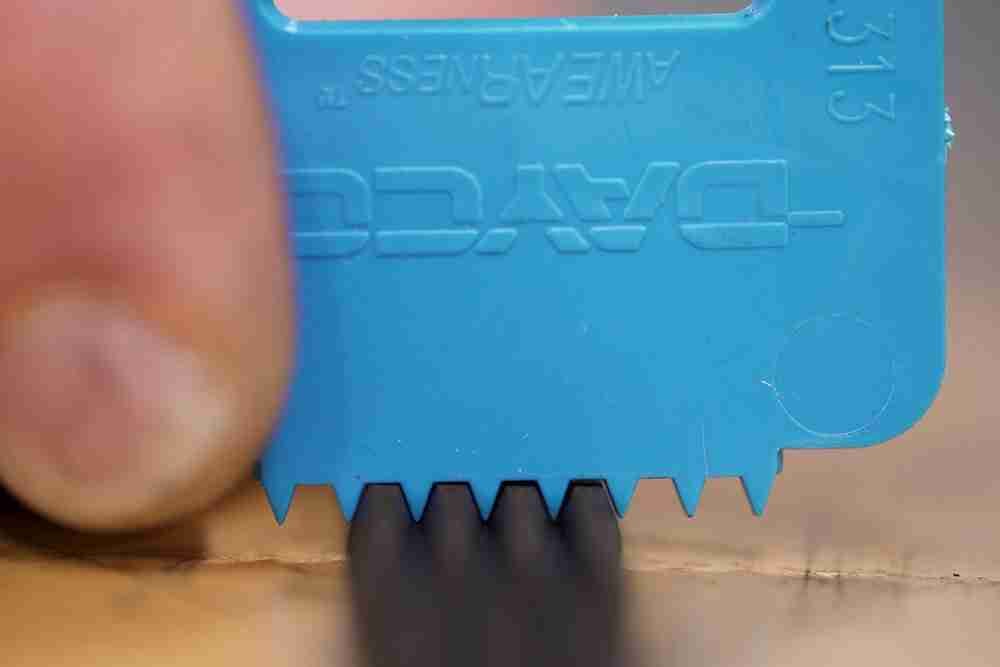
Belt Tools Help Reduce Comebacks
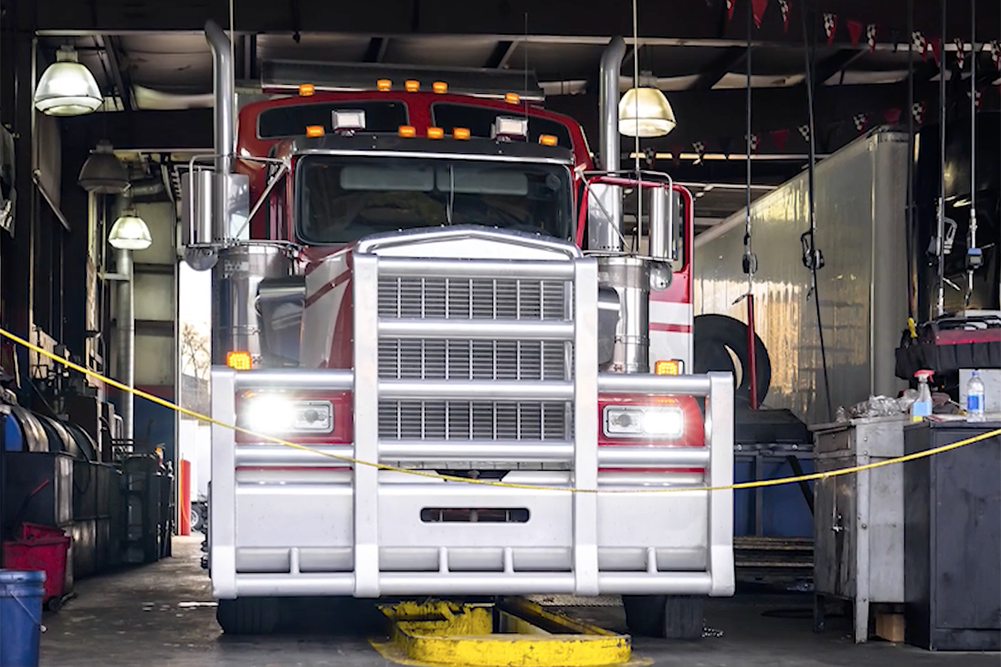
Front End Accessory Drive System Maintenance for H...
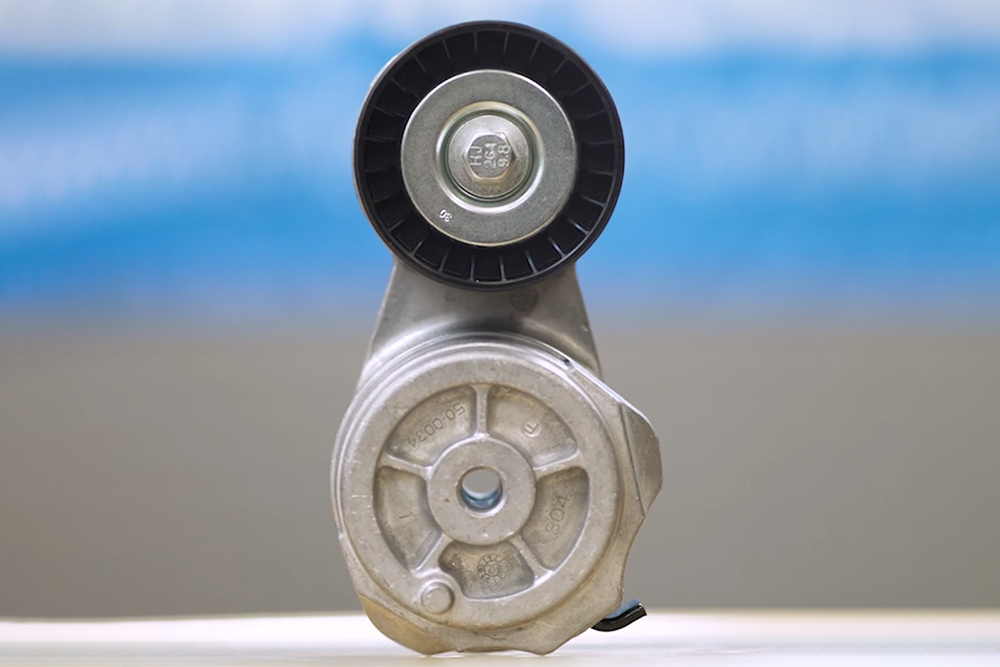
Signs of a Bad Belt Tensioner
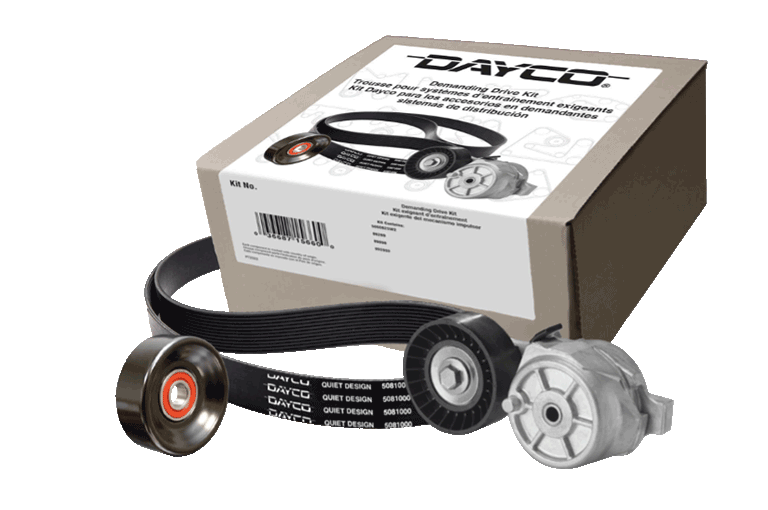
Problematic Automotive Belt Drive Systems
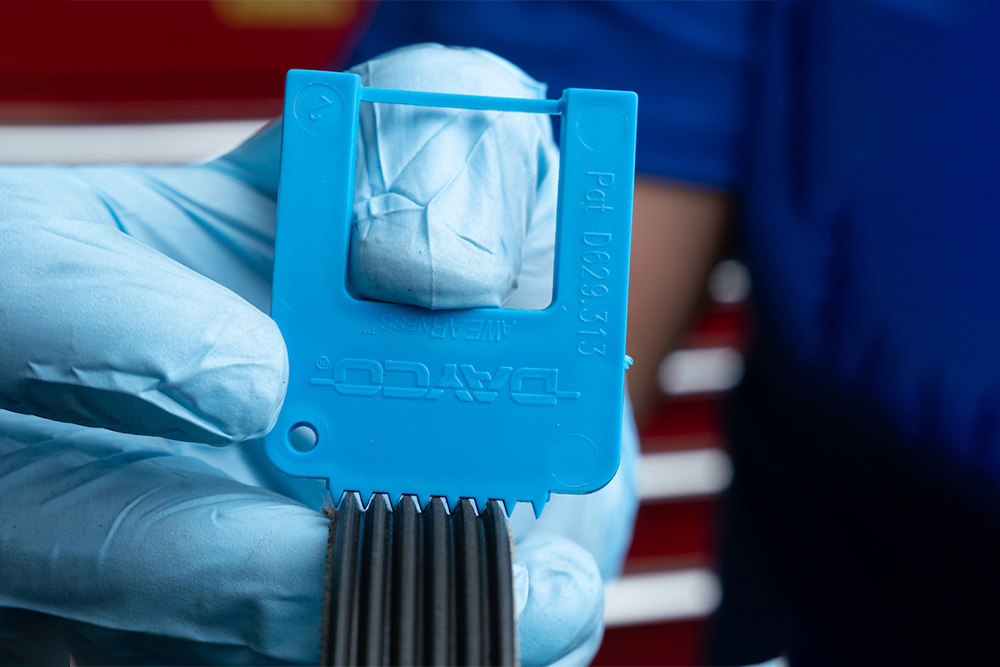
Serpentine Belt Inspection
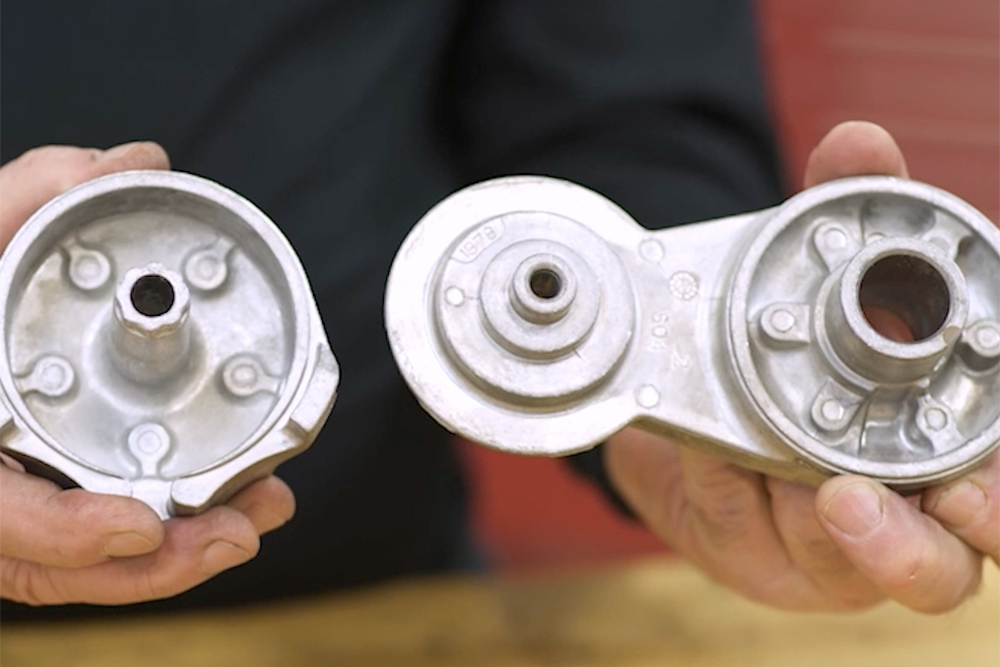
How to Tell when an Idler or Tensioner Pulley Need...
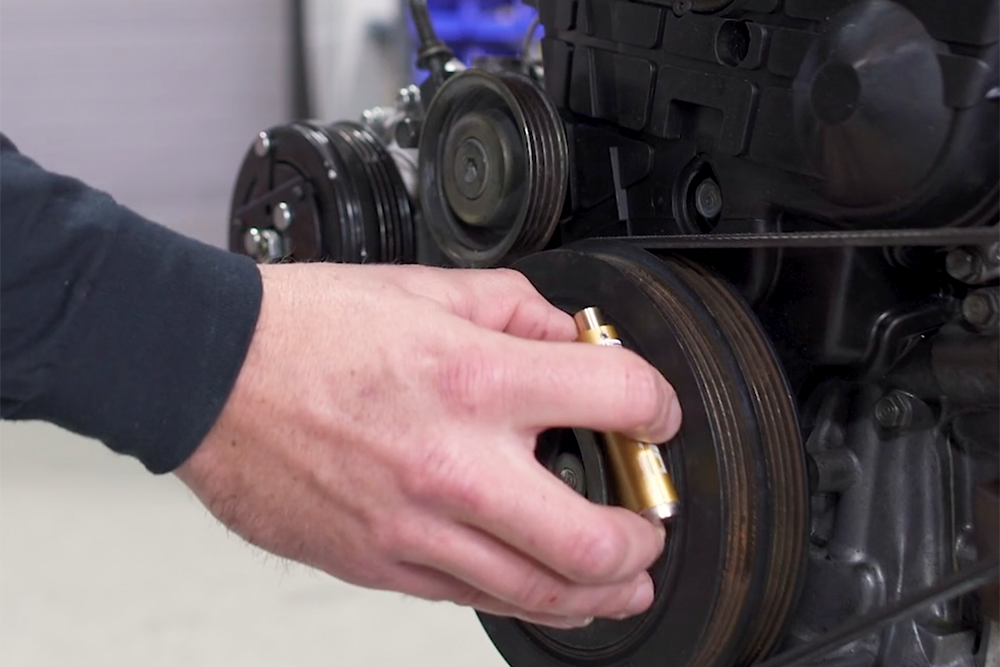
How to Fix Serpentine Belt Noise
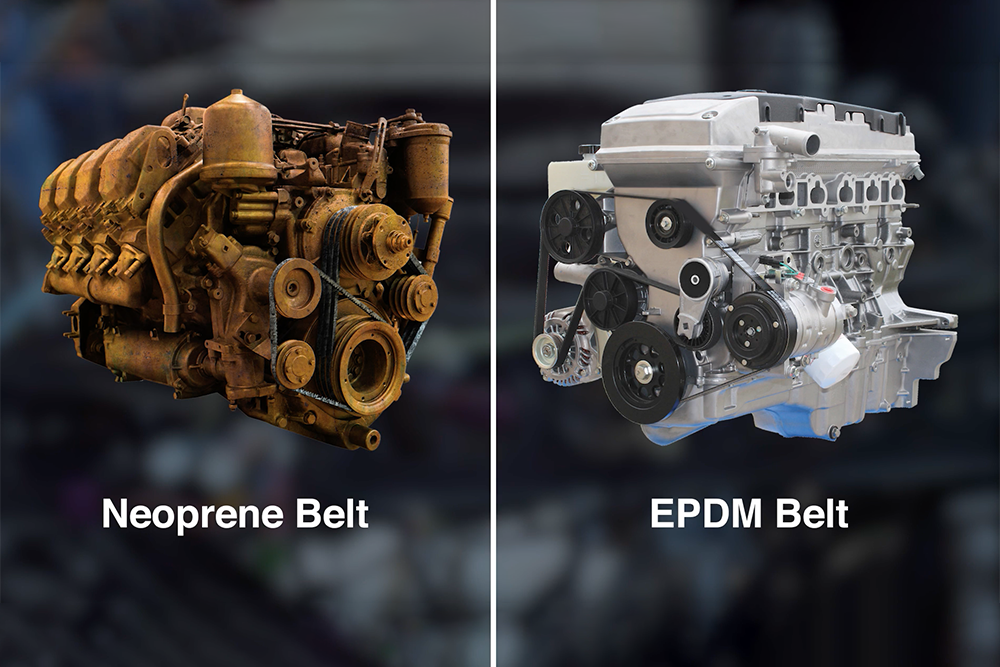
The Evolution of Serpentine Belts
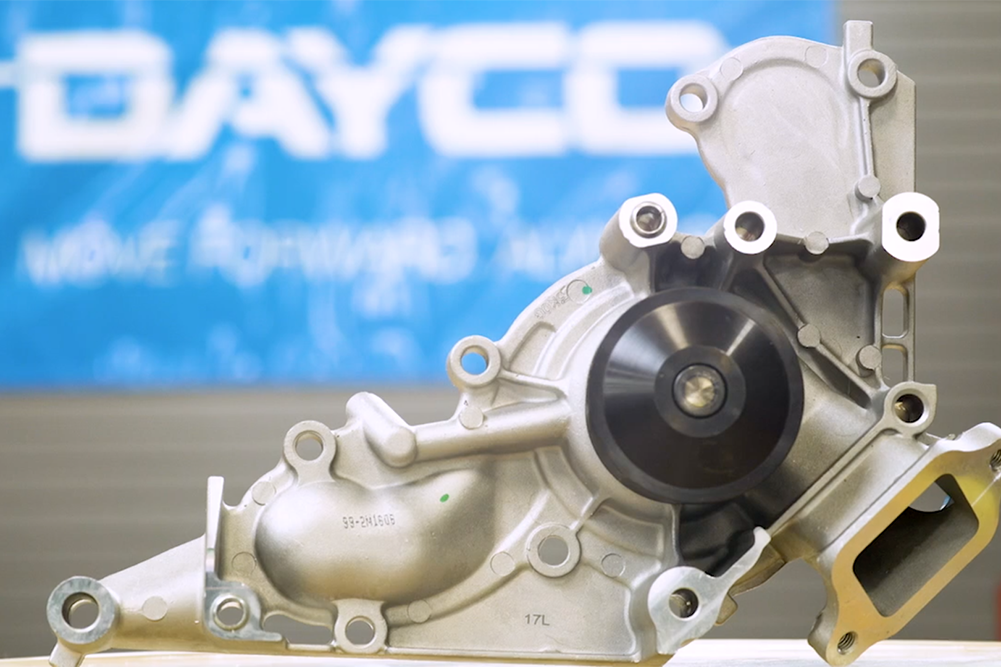
Choosing the Right Engine Water Pump
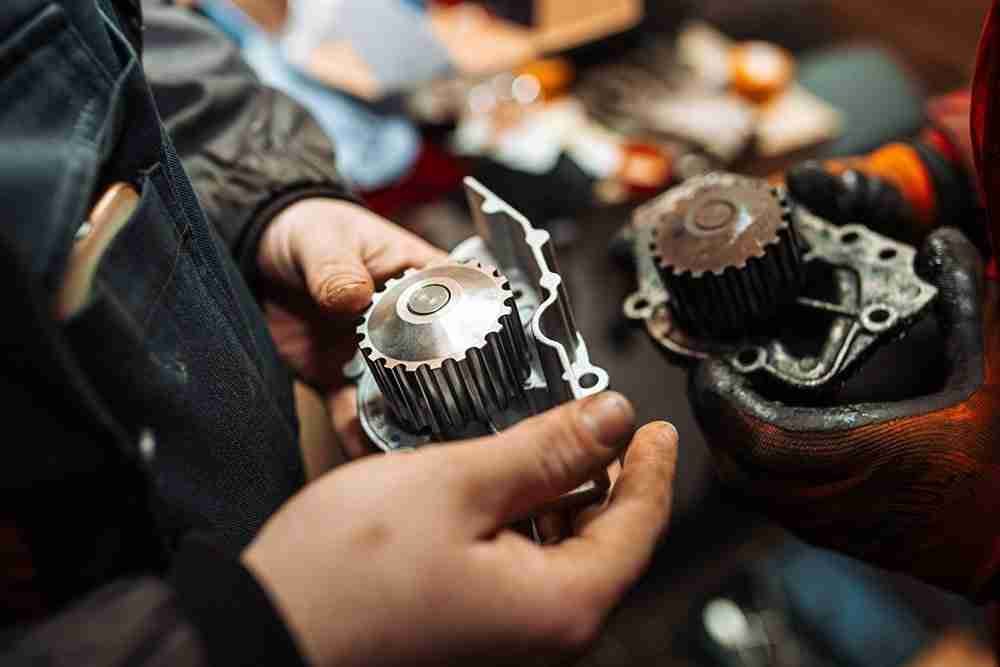
Automotive Water Pump Repair
Not quite sure what’s causing a noise under the hood? Or have a drive belt giving you trouble? Search our most frequently asked questions to quickly find the answer you need.
It doesn’t matter if you drive a UTV, ATV or snowmobile, you’ll need to break your new powersports CVT belt in using two heat cycles. After following proper installation procedures, slowly bring the machine to normal operating temperature without exceeding 3/4 throttle for about 20 minutes. If at all possible, stay on a flat terrain. Let the machine and belt cool down completely – it should take about 30 minutes. Then run your machine through the same process a second time. Lastly, make sure to check the belt height according to the owner’s manual.
Dayco has more than 16,000 belt routing diagrams available on its Find Your Part search platform. If you come across a specific part number that does not have a diagram, and you can’t find it online or under the hood, feel free to use the Contact Us form and let us know the year, make and model and we’ll look it up and email it to you the same day. You can also call our tech hotline and be connected directly with one of our team members – (800) 848-7902.
Beyond looking at the belt directly for physical signs of damage – such as swelling, cracks, or disfiguration – pay attention to how your car is functioning. Noise is often a telltale sign of a bad belt, as is an issue with your power steering or a/c. Your vehicle could even overheat due to a bad or worn belt.
Belt wear can be difficult to detect because newer belts made with EPDM rubber tend to wear like tire tread, where there is material loss from the rib surface. A new belt will have a traditional “V” profile in the grooves between the ribs. On a worn EPDM belt, however, the groove profile will have the appearance of a “U”. One of the best ways to measure wear is by using a device like the Dayco Awearness Gauge, which helps you inspect a belt three different ways – by analyzing rib depth, checking rib profile and identifying cracks. If your belt has 90,000 miles or more, it is definitely time to change it. Check out our video for a step–by–step guide of measuring belt wear.
Without maintenance history of a car, the best possible way is to check CarFax for a repair history report, ask the previous owner, or look for a sticker under the hood indicating it has been changed. If all these fail, best course is to have a technician inspect it. Some OEMs recommend replacement as early as 30,000 miles, while others suggest maintenance around 100,000 miles. While timing belts are relatively inexpensive, if one breaks while the engine is running, it could cost thousands of dollars in damage so it’s important to be proactive. The best course of action is to change the belt if you cannot verify that it has been replaced at the OE suggested intervals.
Most timing belts will have two double dotted line marks and 4 to 6 solid marks. Double dotted lines are for the crankshaft, and the solid line is for camshaft alignment. Dayco includes detailed instructions with all timing kits so follow the instructions closely as they vary by make and model. Proper timing belt installation is critical to engine performance and long belt life. A belt installed incorrectly can cause immediate engine damage.
As long as nothing is removed from the routing system, like the A/C compressor, the OE stock belt length will still work. You can use our Find Your Part search or the Dayco app to find the recommended Dayco replacement belt.
When a belt breaks quickly after installation, it is likely due to one of the four reasons:
- It was not 100% seated in a pulley.
- Worn pulley bearings caused the belt to “walk off” the pulley surface.
- A damaged pulley could have ‘cut’ the belt.
- A malfunctioning tensioner caused belt misalignment and damage.
Be sure to check the tension and fit before completing the job and remember to change the pulley and tensioner when you replace a belt to avoid any issues like this.
There are two very distinct noises caused by different issues – one is a chirp, the other is a squeal. Your best course of action is to conduct a water test to see which one you are dealing with. With the vehicle idling, spray water on the belt’s rib surface. Then listen closely. If you hear a sharp, high-pitched, repetitive noise of short duration that is worse at low engine speeds (idle), you are dealing with a chirp alignment issue. If you hear a high-pitched noise that typically lasts several seconds and increases in volume as engine speed increases, you are dealing with a squeal, which is typically caused by a slip between the belt and pulleys. The noise will go away with the water spray if it’s a squeal, it will not if it’s a chirp. Check out our article on diagnosing belt noise for more.
There’s a few possible causes for a chirp: pulley misalignment, improper installation, extremely worn belt ribs, worn pulley bearings or contamination. We suggest the following solutions:
- Check alignment of all pulleys, either with a straight edge or a laser alignment tool.
- Ensure all accessory pulleys and brackets are tightened snug to mounting surfaces.
- Inspect and replace all accessories/pulleys that are difficult to rotate (i.e. rough/seized bearings) or show excessive wobble/free rock.
- Double check the power steering pulley and harmonic balancer, as they are often a common cause for misalignment.
A squeal is usually caused by low bely tension or contamination. To rectify the problem, we suggest the following steps:
- Properly tension manual applications during installation (35 lbs. per rib) and then re-tension after 5 minutes of run-in (30 lbs. per rib). This allows the belt to seat in the pulleys.
On vehicles with automatic belt tensioners, the tensioner pulley should turn freely without binding. The tensioner arm should move smoothly through its entire range of motion and there should be adequate tension. Always check the tensioner bearing for noise and wear. Replace any tensioner where the bearing feels rough or the pulley has signs of excessive run-out (wobble).
- With the belt removed, inspect all accessory pulleys and idlers to ensure free and smooth rotation. If there is binding or rough rotation (dry bearing), then the pulley and/or accessory should be replaced.
- Check for contamination. If the belt has been in contact with motor oil, power steering fluid, antifreeze or any other petroleum-based lubricant, it will cause the EPDM belt to swell, leading to noise. Other than washer fluid, replace any serpentine belt that has been oil soaked. NEVER try to solve issues with belt dressing.
Regular inspection of all drive belts, tensioners and accessories should be recommended once the vehicle passes 60,000 miles. And when the belt is worn and ready for replacement, which is typically around 90,000 miles, the pulley and tensioner should also be replaced. That’s because the drive works as a system. Replacing only the belt will often result in short belt life because the tensioner likely has worn springs or the pulleys’ bearings are worn and causing a slight misalignment. Even the pulleys themselves can wear and cause reduced belt life and/or noise. Replacing the entire front end accessory drive system will result in another 90,000 miles of trouble free driving.
Belt wear can be difficult to detect because newer belts made with EPDM rubber tend to wear like tire tread, where there is material loss from the rib surface. A new belt will have a traditional “V” profile in the grooves between the ribs. On a worn EPDM belt, however, the groove profile will have the appearance of a “U”. One of the best ways to measure wear is by using a device like the Dayco Awearness Gauge, which helps you inspect a belt three different ways – by analyzing rib depth, checking rib profile and identifying cracks. If your belt has 90,000 miles or more, it is definitely time to change it. Check out our video for a step-by-step guide of measuring belt wear.
It could be. The water pump is responsible for the cooling system and pulling heat away from the engine. If the pulley is loose or if you notice signs of a leak around the water pump’s weep hole, it’s time for a change. Be sure however that when replacing the water pump, you also drain, flush and refill the cooling system with the OE specified coolant mix. The seal in the pump is designed only to work with this chemistry. This is the #1 cause of leaks in new water pumps. Most modern vehicles use organic acid coolants.
It’s best practice to change both components at the same time because they usually wear out at the same pace and if one fails or is failing, the other is likely not far behind it. They are both part of the same system and need to function at optimal levels as well.
The Dayco Underdrive and overdrive balancers are a great way to increase the performance of your factory supercharged car. These balancers feature pulleys that are either larger or smaller than the factory supercharger pulley. Spinning the supercharger faster will increase the amount of supercharger boost pressure and in turn, increase the horsepower of the engine. Installing these pulleys does require professional dynamometer calibration of the engine computer by a qualified shop. And additional parts such as larger fuel injectors may be needed to take full advantage of the increased boost. Dayco offers professional advice and assistance in choosing the right balancer for your engine build by calling our tech line or using the contact us form on our website.
You’ll want to replace the balancer if you notice excessive vibration, crankshaft oil leaks, or deteriorated rubber.
The additional keyway is they if you plan to use a high-volume supercharger. A second keyway needs to be machined in the crank snout. If you do not need the second keyway, a little dab of silicone RTV in the unused keyway is all you need.
The PowerBond™ by Dayco SS series uses the factory balance weights; The race balancer is for engines with zero balance. If you need help choosing the correct balancer for your engine build, please contact the Dayco tech team at (800) 848-7902 for advice and part numbers.
On some late model GM engines, the balancer is a press fit instead of using a keyway to hold it in place. This works fine until a supercharger kit is added. The additional stress of the belt driven supercharger requires either a keyway be machined or the use a balancer pin kit, which is available from many speed shops.
The regular harmonic balancers are not meant for race cars but they offer engine builders and technicians a high-quality replacement to standard OEM balancers for everyday vehicles. Racing balancers are made from more robust materials like forged steel so they can withstand much higher RPMs.
The Dayco balancer fits a multitude of applications, some of which do require the keyway. If yours does not, you can fill in the keyway with silicone.
A belt tensioner should be replaced if any of the following issues are noted:
- You hear noise or feel resistance as that could be a sign of potential bearing failure.
- The belt is not tracking correctly as that could mean a loss of tension.
- There is sticking or notchy movement. With the belt removed, use a tool to move the tensioner through its entire range of motion. It should move smoothly from stop to stop without any movement between the tensioner body and arm.
- There is metal to metal contact or broken/cracked tensioner stops.
There are several signs a pulley is no longer functioning properly. First, check for free rock. There should be no movement or play from side to side. Next, look for misalignment. It will cause a belt chirp noise and is often the result of worn bearings. Spin the pulley with the belt removed, if it spins more than one revolution, the bearing grease is depleted and the pulley should be replaced. Roll the pulley by hand to feel for rough spots during rotation. You’ll also want to check for physical damage like cracked or broken pulleys, discoloration, surface build-up or excessive wear. Finally, a pulley with seized bearings is also a sign replacement is needed.
Unlike laser tools with attachments, Dayco’s tool has an aluminum body with magnets that secure it into the grooves of the reference pulley (usually the crankshaft pulley), ensuring a stable stage for accurate laser projection. The target component is also magnetic so it easily attaches and aligns with the grooves. Once turned on, the laser will project a line – not just a dot – which is an advantage over other laser tool designs. This projected line makes it possible to identify both axial and angular misalignment. Axial misalignment means the pulley is not positioned on the shaft properly. Angular misalignment is caused by a severely worn bearing within the pulley. Before using this tool, always make sure to disconnect the vehicle’s battery. Also, remove the vehicle’s serpentine belt before inspecting the accessory drive system.
The force of the belt being installed can often push a pulley out of alignment. When the system is relaxed, it might not be apparent. Start by checking all bearings in the pulleys and tensioner for any side to side play. Rotate the tensioner stop to stop while observing the tensioner body for movement. There should be none. Then, inspect the grooves in the tensioner pulley and idler pulleys for contamination or wear. If you are still having issues, conduct a noise test. With the vehicle running, spray water on the belt. If you hear a chirping noise, there is misalignment somewhere in the system. If the belt is squealing, where the noise goes away and returns quickly, there is an issue with tension and the tensioner should be replaced.
Most hoses require replacement – regardless of where they are at on a vehicle – once every four years. However, we recommend following the OE specifications on replacement intervals.
It’s often difficult to look at a hose and know whether it’s faulty. Some physical signs a hose is bad is when it’s collapsed, broken, if it’s brittle or stiff. Most hoses are pliable and soft so anything other than that should indicate the need for further inspection. Other signs that suggest a hose is bad is if you see signs of leaks or bulging around the connection to the clamp.

Welcome to the TechKNOW by Dayco™ online training series developed by our team of ASE certified tech experts.
This program is designed for counterstaff, sales team members and new technicians, and includes short 5-10 minute webinars to help participants better understand the benefits of Dayco’s belts and components, and address some of the top installation problems that occur with front engine system maintenance and replacement. Each video is accompanied by a downloadable training guide – which includes key data points and a quiz to test your knowledge.
Meet the Tech Team
Want to meet the experts behind all the technical advice, installation videos and repair tips we share? Meet Dayco’s tech team. With almost 150 years of combined on-the-job experience, our crew of ASE certified techs, former shop owners, product specialists and engineers have one goal – to make the installation process as easy as possible. These guys know time is money and less time struggling through a repair means more money in your pocket.
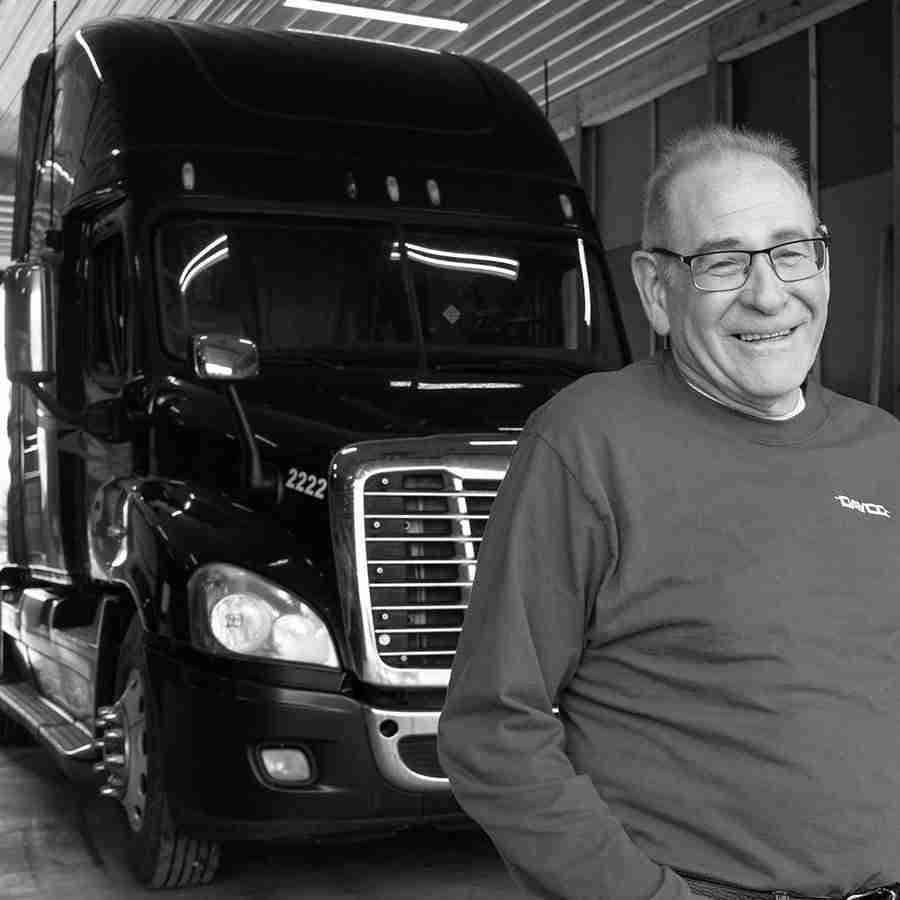
Jay Buckley
AKA “Crew Chief”
Years of Experience: 35
ASE Certified Master Technician, Former Shop Owner
An ASE Master Technician for over three decades and a repair shop owner for almost 25, Jay Buckley is the head of product management and training for Dayco. His experience includes technical writing, research, hands on training, repair and diagnostic work, events, video training and more. He is a state of Michigan certified master technician, HD diesel technician and motorcycle mechanic. With almost a half-century of experience, his infatuation with vehicles started at 11 years old with his neighbor’s ’67 Shelby Mustang. Now, more than 50 years later, he is still a self-professed gearhead and an amateur racer. He loves time in the garage and on the track, rebuilds cars and restores vintage MX bikes.
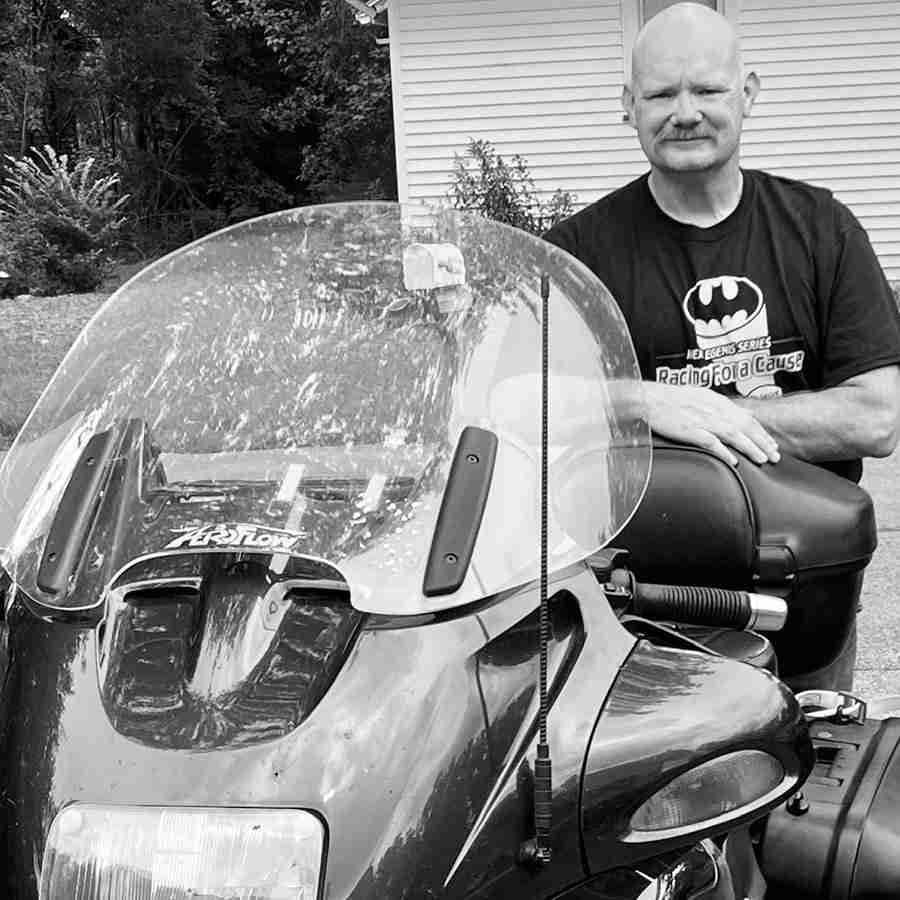
Jerry DeGelder
AKA “Tech Guy”
Years of Experience: 28
ASE Certified Technician
Jerry DeGelder’s connection with cars started alongside his dad, working on the family car. He’s been ASE certified for nearly 22 years now and has an associate’s degree in Automotive Technology. Pursuing a childhood dream of becoming a teacher, Jerry went through the training needed to become a technical trainer in the automotive industry in 1995. He plays an active role on Dayco’s technical team, conducting in-person training sessions and fielding calls from technicians looking for specific parts or solutions to mechanical issues.

Jerry Reeves
AKA “Engineering Nerd”
Years of Experience: 20
Mechanical Engineer, Former State of Michigan Certified Technician, Weekend Road Racer
An aftermarket industry veteran, Jerry has almost two decades of program management and product launch experience. Passionate about all things automotive and powersports, Jerry Reeves earned a mechanical engineering degree from Kettering University after taking two years of automotive repair in high school – he went from working on cars and parts to designing them. He’s been state certified in front end, suspension and steering systems, engine tune up and performance, engine repair and brakes and braking systems. He has a heavily modified 1974 Chevy Nova and motorcycle that he races, and one of his greatest memories was participating in the 2,300-mile Hot Rod Power Tour with his two sons.
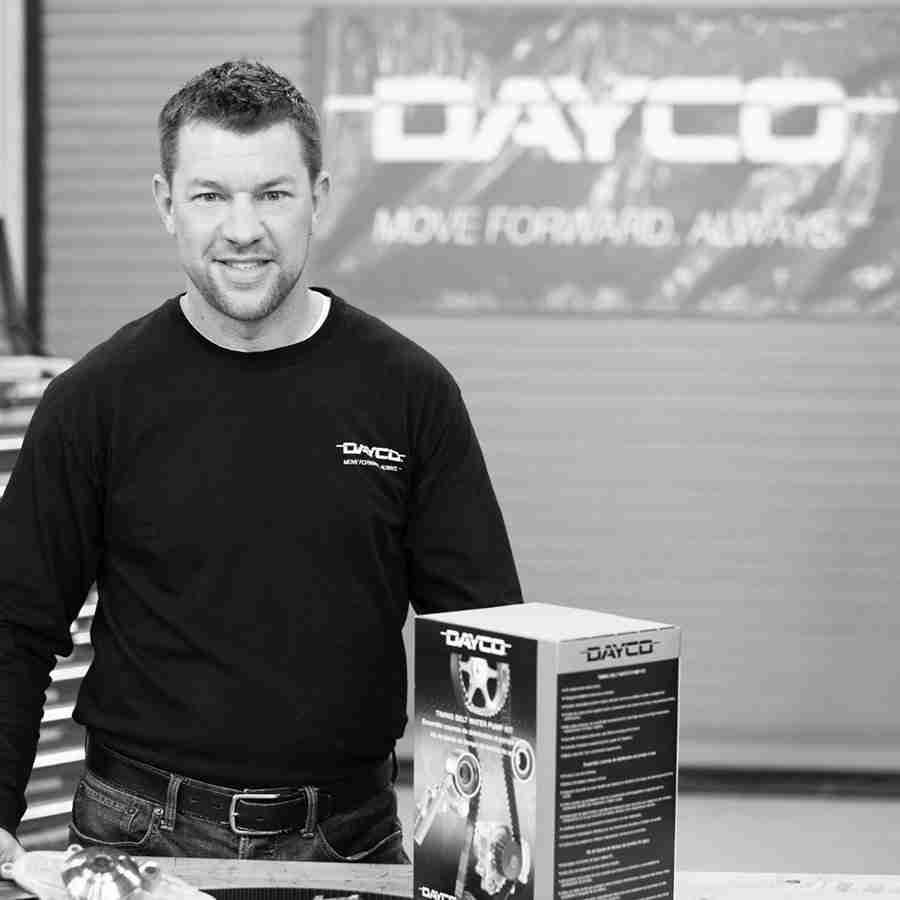
Jon Crawford
AKA “Performance Champ”
Years of Experience: 12
Mechanical Engineer, Weekend Road Racer
As an automotive, motorcycle, snowmobile, and ATV enthusiast, it’s no surprise that Jon Crawford is a product manager and tech expert for Dayco. Tinkering on vintage Corvettes and small engines since he was 8 years old, Jon has well over a decade of real-world automotive aftermarket experience. He earned his mechanical engineering degree from University of Toledo and has scored multiple national championships in motorcycle amateur road racing. Never one to pass up an opportunity to fix something under the hood, his favorite automotive memory was restoring his late father’s 1973 Corvette and driving it to the Woodward Dream Cruise.

Chad Suffel
AKA “Ironman”
Years of Experience: 13
Former Package Engineer, Avid DIYer, Current Product Manager
Chad Suffel has been getting fired up about cars since he was young. It all began alongside his dad wrenching on an LS1 Camaro, and grew stronger as he headed into college, where he graduated with a B.S. in Packaging from MSU. A true hot rodder, DIY tuner and avid motorcyclist, Chad has not only gotten his hands dirty on a number of machines here at Dayco, he also leads the development of new tensioners, pulleys, water pumps and timing chain kits. If you’re trying to track him down, check outside first – he’s either in the garage tinkering on his motorcycle, or off running, swimming or biking absurdly long distances, as he just recently competed in his 2nd Ironman.
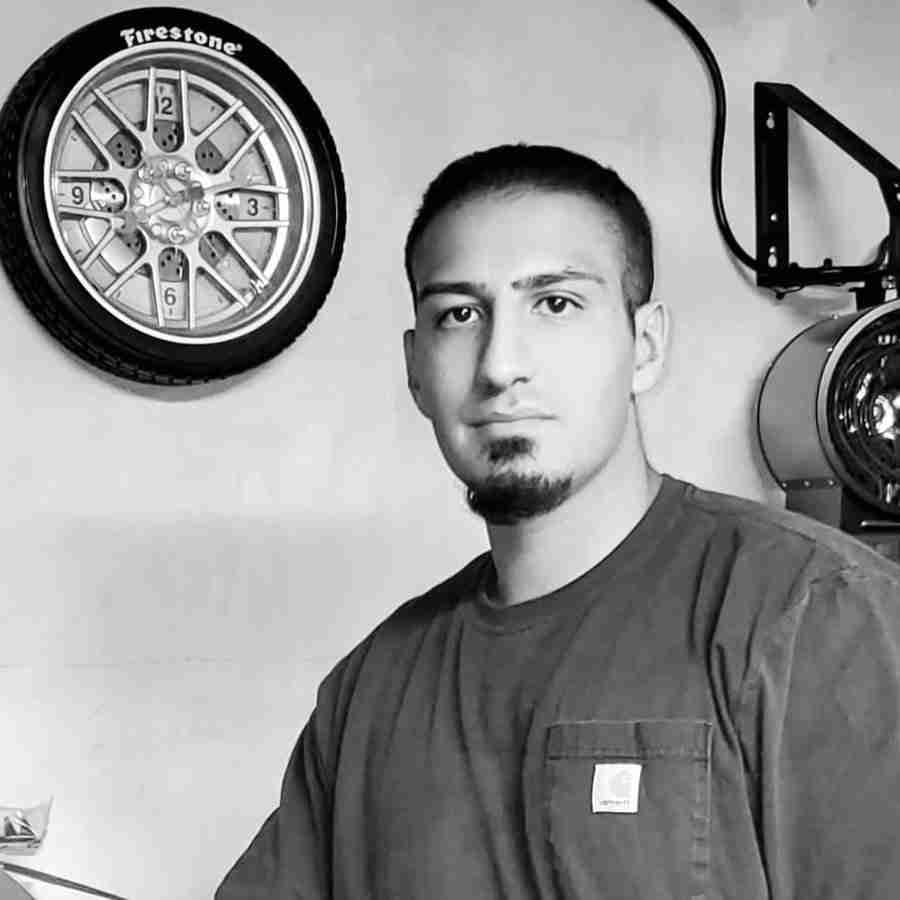
Hassan Mourad
AKA “Diagnostic Doctor”
Years of Experience: 16
State of Michigan Certified Master Technician
Hassan’s fascination with cars began his freshman year of high school thanks to a very passionate auto tech teacher. As a state of Michigan master tech and a product evaluation expert for Dayco, he’s well versed in solving diagnostic issues and benchmarking new products. If he’s not at work or under the hood wrenching on the next project car, you may find him at the track, participating in amateur racing days.

